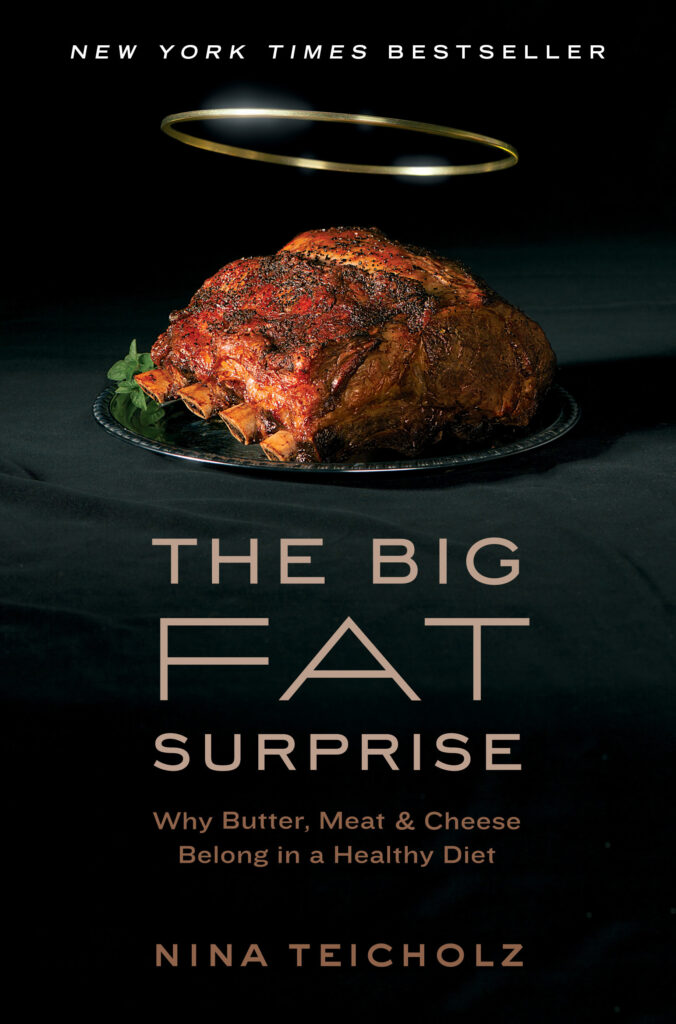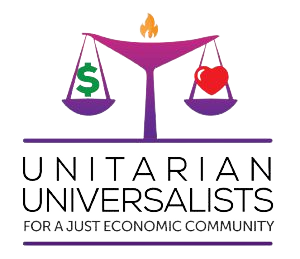Why Butter, Meat, and Cheese Belong in a Healthy Diet
by Nina Teicholz, 2015
If you like real-life thrillers, science, and medicine, this is it. The low-fat diet promoted by Ancel Keyes and others has been a massive fraud ever since its beginnings in the early 1950s. It’s the most amazing story of one of the most catastrophic medical failures in human history: It played a pivotal role in promoting the current epidemic of obesity, diabetes, heart disease, stroke, and cancer. Nina is like a scientific sleuth, ferreting out all the bad science in all the prestigious studies, while interviewing all the key players who are still alive and laying bare the politics.
It had been proven well before Keyes launched his crusade against saturated fat that it could not have been the cause of the escalation of heart attacks. Just the extraordinary health of the Inuit, on the world’s highest diet of saturated fat (and no carbs) was proof enough, and most other indigenous groups could also have been used as proof. By the time studies had finally exonerated saturated fat, the blame had been shifted to cholesterol, then on to LDL cholesterol, now to oxidized and small dense LDL cholesterol.

The real culprit, was, of course, laying there, growing fat, in plain sight the whole time. Just read Gary Taubes’ book The Case against Sugar.
It is now clear that the immediate cause of most heart disease is inflammation—so the question should be, “What causes this inflammation?” The short answer: “Insulin resistance” is the dominant cause, which is where the sugar comes in, though other factors are also sometimes important, including smoking and plant lectins, such as gluten (see Steven Gundry’s book on “The Plant Paradox”). Inflammation can damage the arterial walls directly, as well as the LDL.
Statin pills reduce the risk of heart attacks in some people, at least a little, not because they reduce LDL, which is highly beneficial (especially for healthy cell membranes), but because they reduce inflammation. Search for a spacedoc (Duane Gravelin) article on “Inflammation and Heart Disease”. A diet that is low in carbs, especially sugar, and high in fats, especially saturated fat, is an order of magnitude more effective in reducing inflammation and its manifold consequences. The biggest weakness in Teicholz’s book is that it does not dive into these topics as it could have, ending with the chapter on “Why Saturated Fat Is Good for You”, instead of one on “Why Cholesterol Is also Good for You”.
As I had had a mild heart attack 6 months ago, fixed by a stent, my cardiologist put me on rosuvastatin. After learning how this works, or rather, doesn’t work, I’ve taken myself off the statin. I hadn’t done that badly over the last 30 years, with lots of hiking and biking and a mostly veggie diet supplemented by dairy and fish, with carbs and sugars kept in check. In fact, the ratios from my lipoprotein panel (total cholesterol / HDL, etc.) were right on, or were better than, the target values, showing how weak these tests are. Thanks to Nina’s book and others, such as Eat Rich, Live Long by Ivor Cummins & Jeffry Gerber, I’m well into a strong low-carb/high-fat diet and doing much better.
Find the book here.
